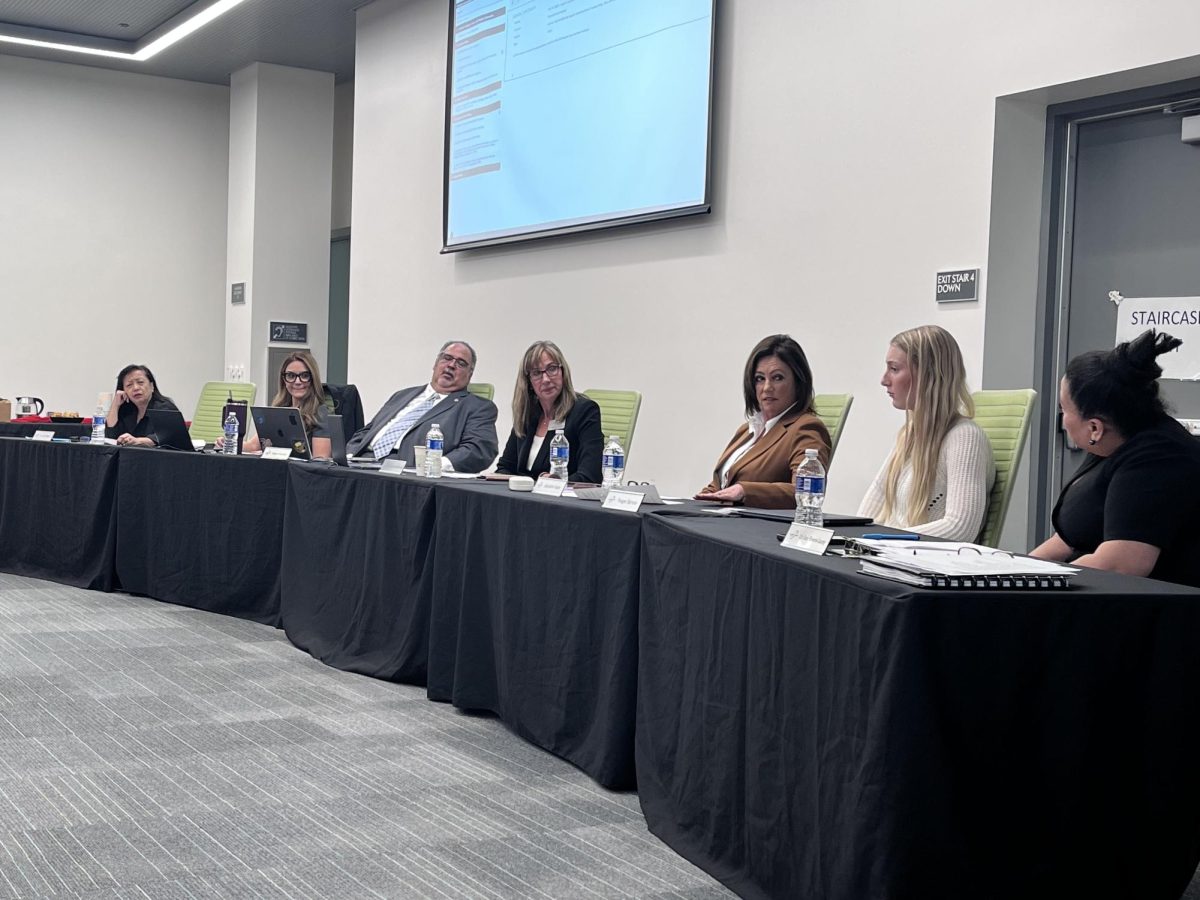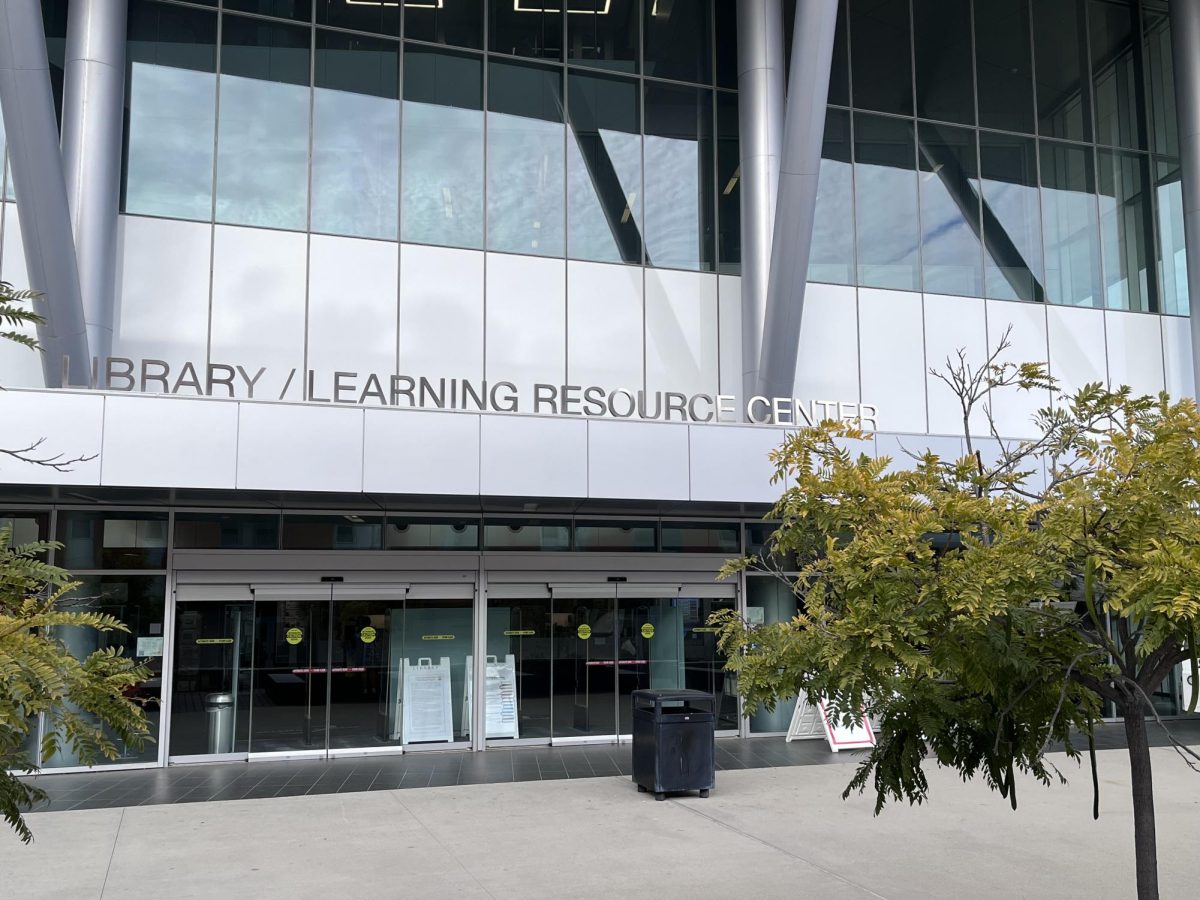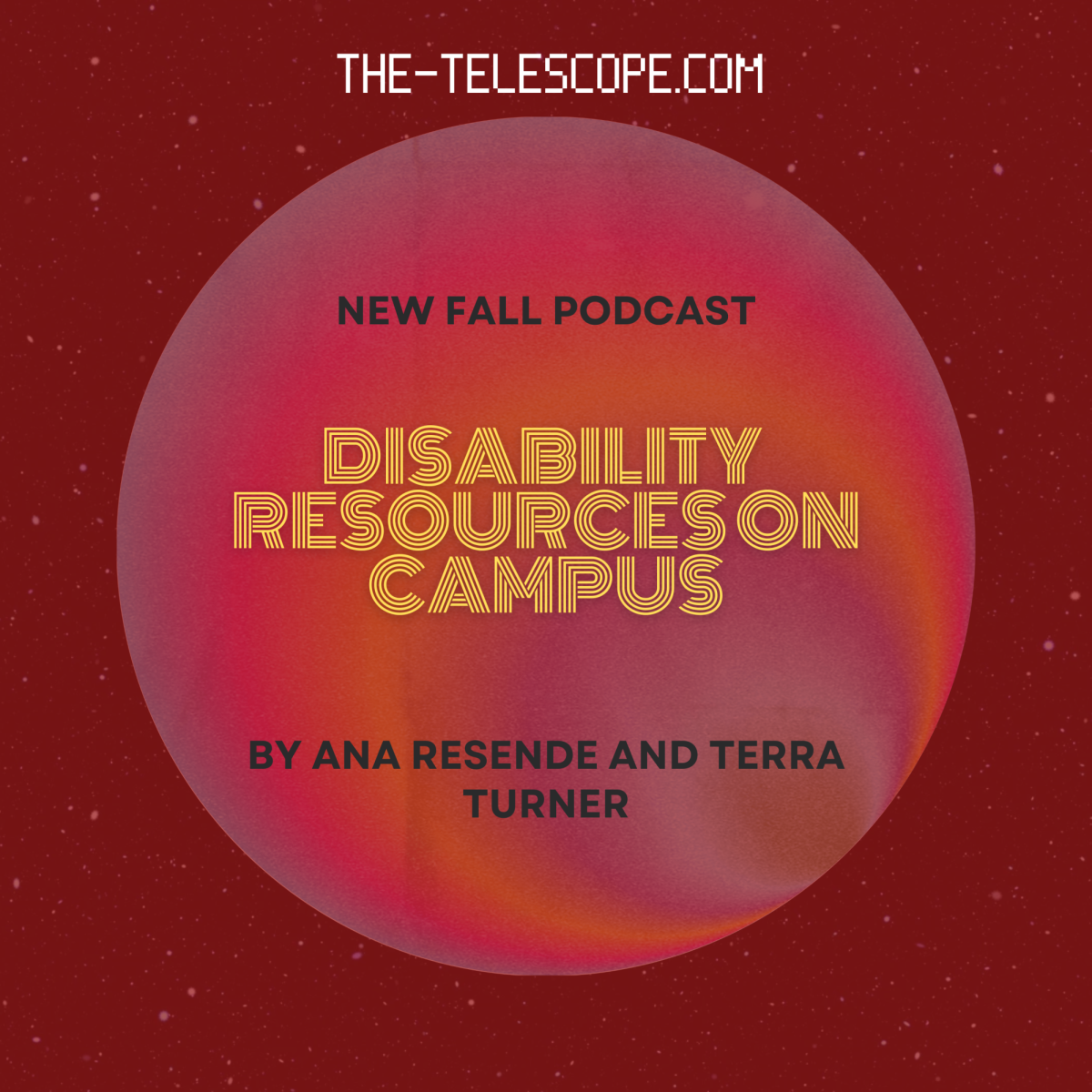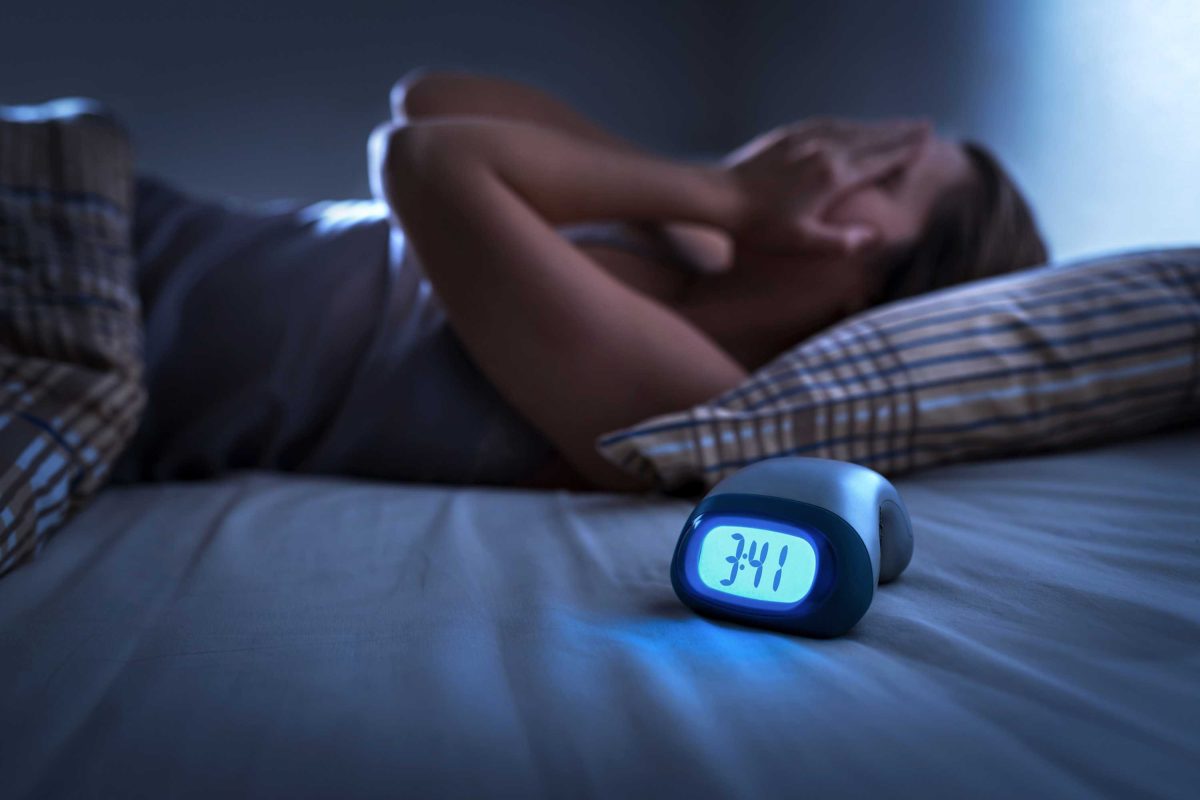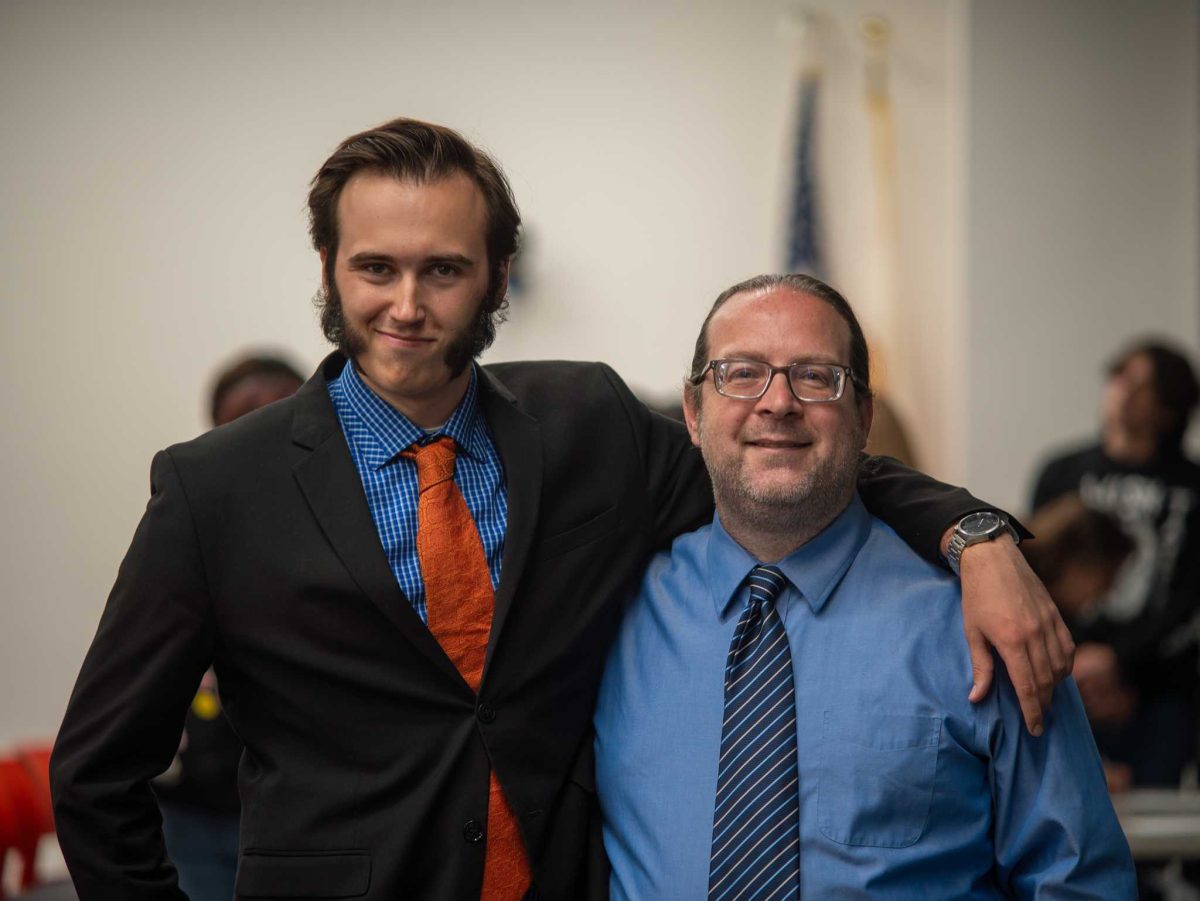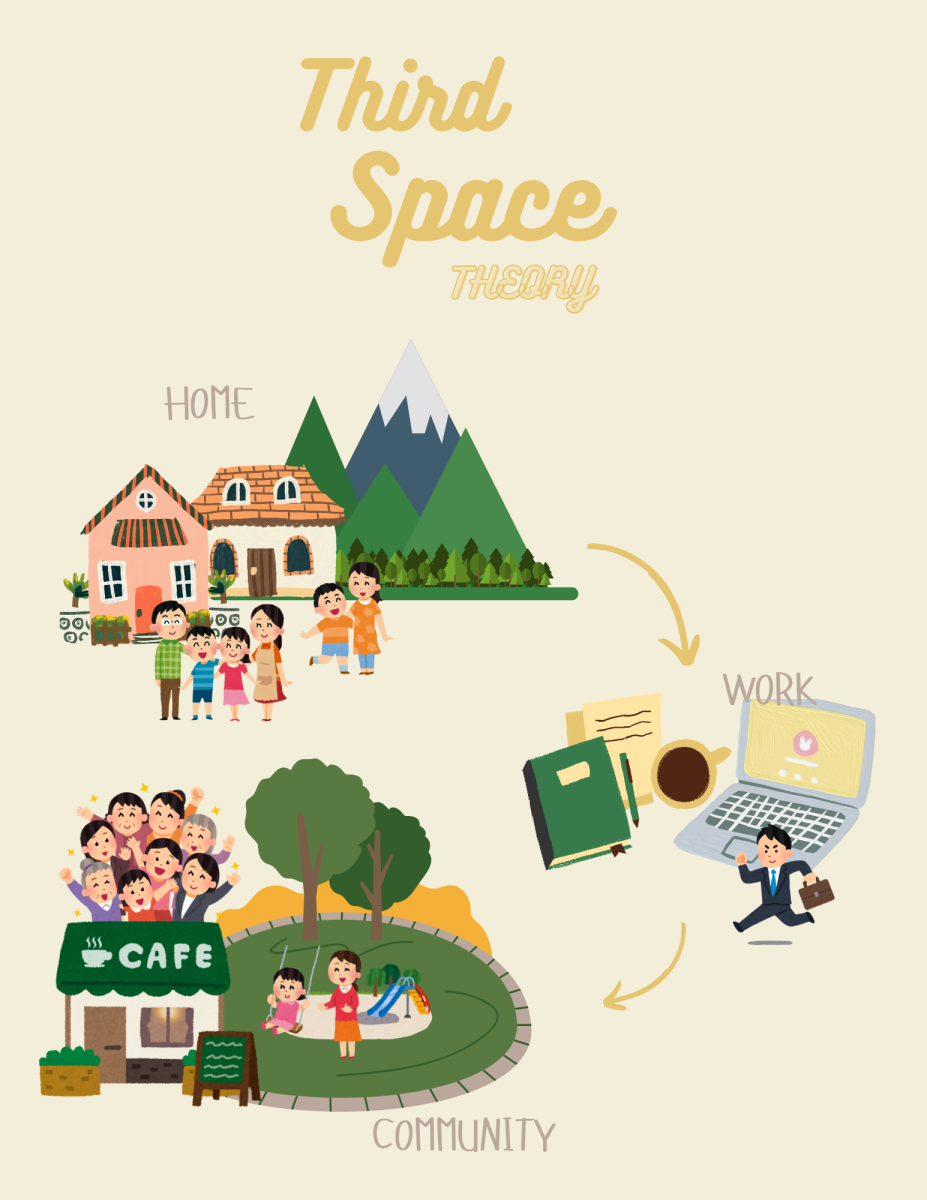Daylight saving time began this year on March 5, causing time to be set one hour forward. Most Americans woke up groggy, stressed, and curious about why we continue to practice daylight saving time.
“I absolutely despise daylight saving times because I already have trouble sleeping,” Jayden Schrieber, a student at Palomar College, said. “I feel awful when I wake up late. When it switched to daylight saving time I probably woke up around 11 a.m. and I missed breakfast.”
If you asked someone why daylight saving time occurs, they would most likely tell you it’s because of farmers and the agriculture industry. Most Americans have heard some version of the story of the yearly change occurring to allow farmers more time to harvest their crops. Palomar College student Ian Compton is one of those Americans.
“I comprehend why it needs to exist on a rural/agricultural level, but gosh is it a pain in the ass,” Compton, said. “I really wish it wasn’t affecting my day-to-day life in a city, where it really doesn’t help anyone.”
However, this story is a myth; farmers have lobbied against daylight saving times since 1918 when it was first introduced in the United States. The agricultural industry is against daylight saving time because crops and livestock don’t follow the clock, they follow the sun. And a 2022 report from Nebraska Public Media showed that the time change can be a nuisance for farmers who follow the sun.
So who is it for if springing forward the clocks isn’t a benefit for the farmers? A 2016 study by JP Morgan Chase found that restaurants, retail businesses, and activity-based businesses have more business during the sunny evenings of daylight saving time. Lobbying giants like the National Retail Federation and the U.S. Chamber of Commerce also advocate for permanent daylight saving time as a way to boost the economy.
On the opposite side of the argument, the American Academy of Sleep Medicine and Airlines for America have often lobbied against daylight saving time citing health, economic, and operational concerns.
In a 2021 study by Northwestern Medicine, daylight saving time harms our circadian rhythm – the body’s natural 24-hour biological cycle that determines sleep. During daylight saving time, our bodies are exposed to less morning light and more evening light, this change disrupts the circadian rhythm. This disruption can lead to depression, slowed metabolism, weight gain, cluster headaches as well as increasing the risk of mental health issues and heart disease.
The health risks and economic impact associated with daylight saving time are some of the many reasons why politicians have been considering ending the time change. And in March 2022 the Senate unanimously passed legislation that would end the switch, making daylight saving time permanent, but the bill failed to make it out of the House. The bill was reintroduced in March 2023 by Florida Senator Marco Rubio.
As for where American citizens stand on the debate, a recent poll from YouGov found that 62% of Americans agree to stop the switch, but are also divided on the solution. And whether the result is permanent standard time or permanent daylight saving time, citizens and officials agree – it is time to end the switch.

